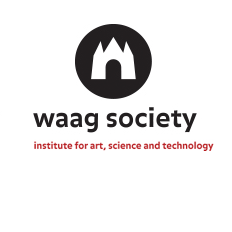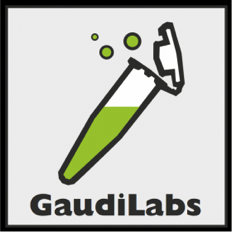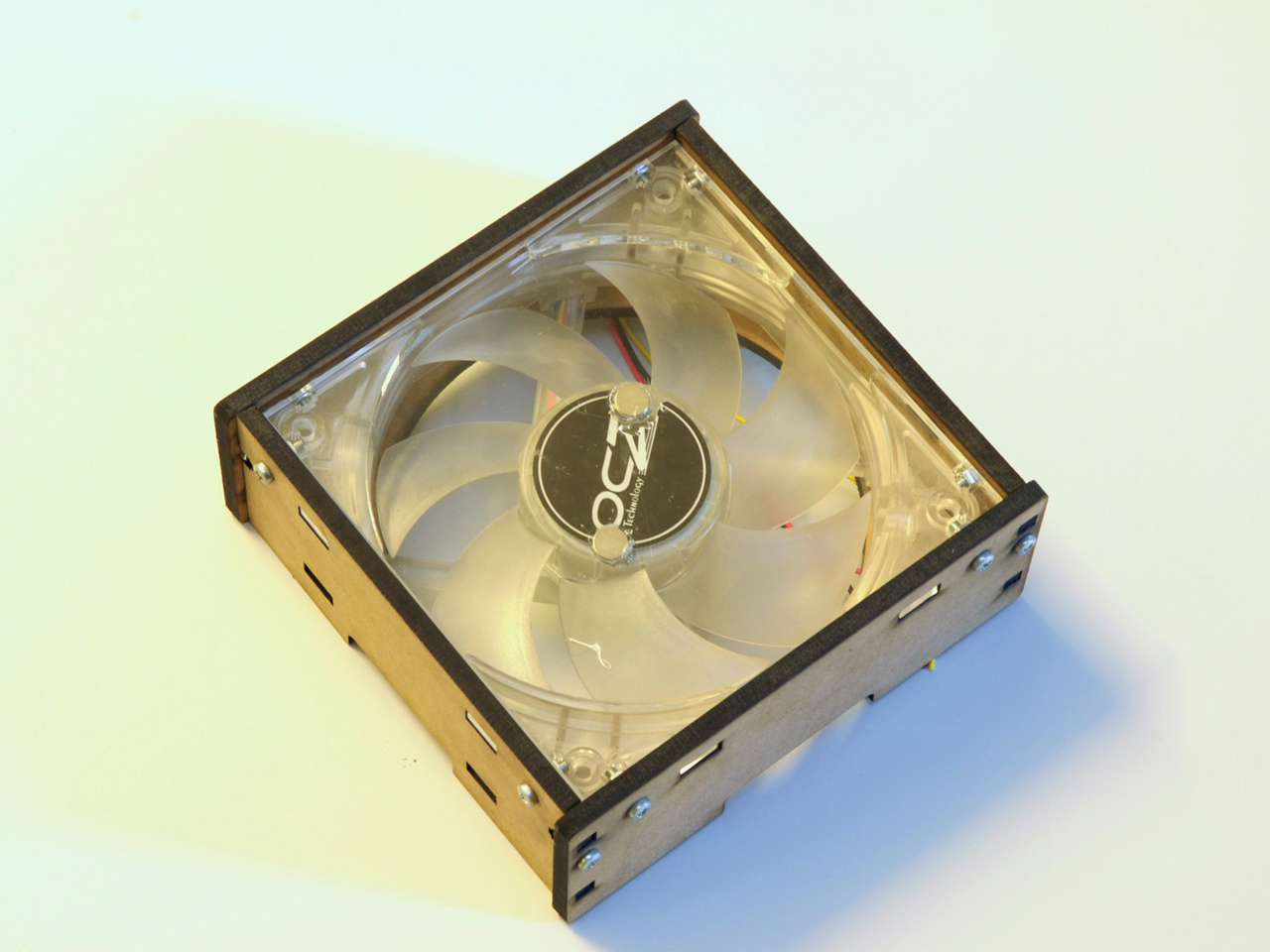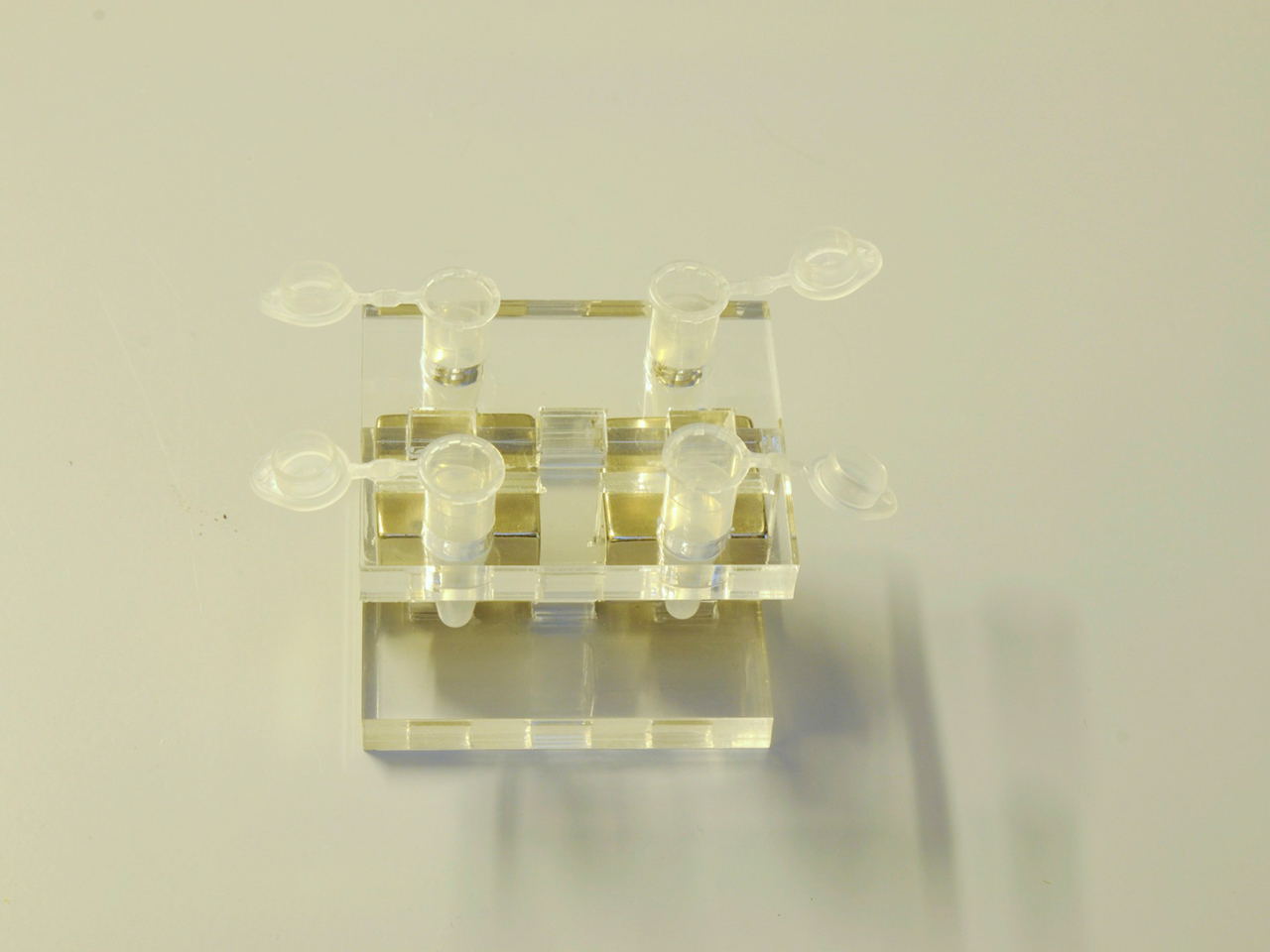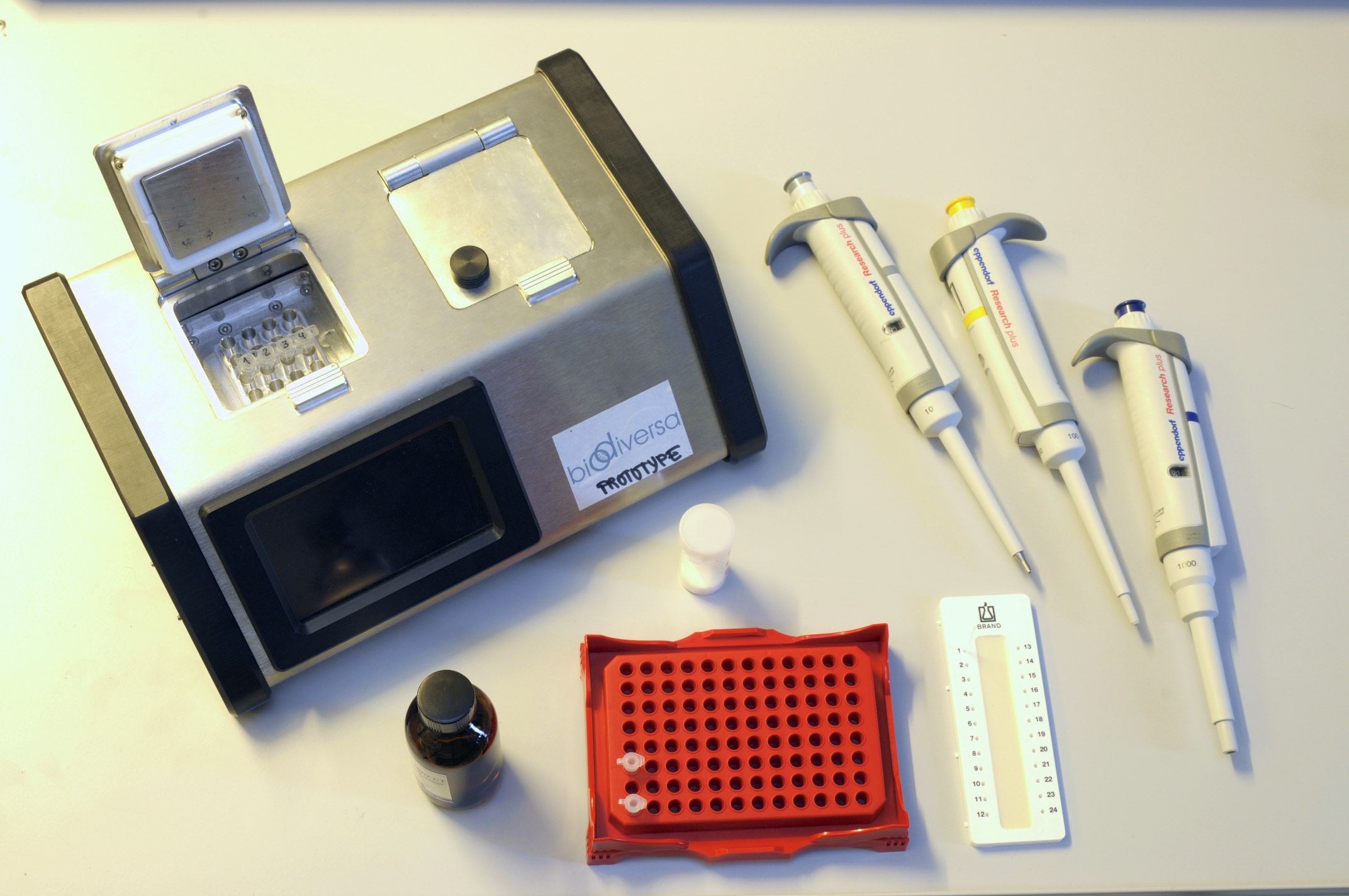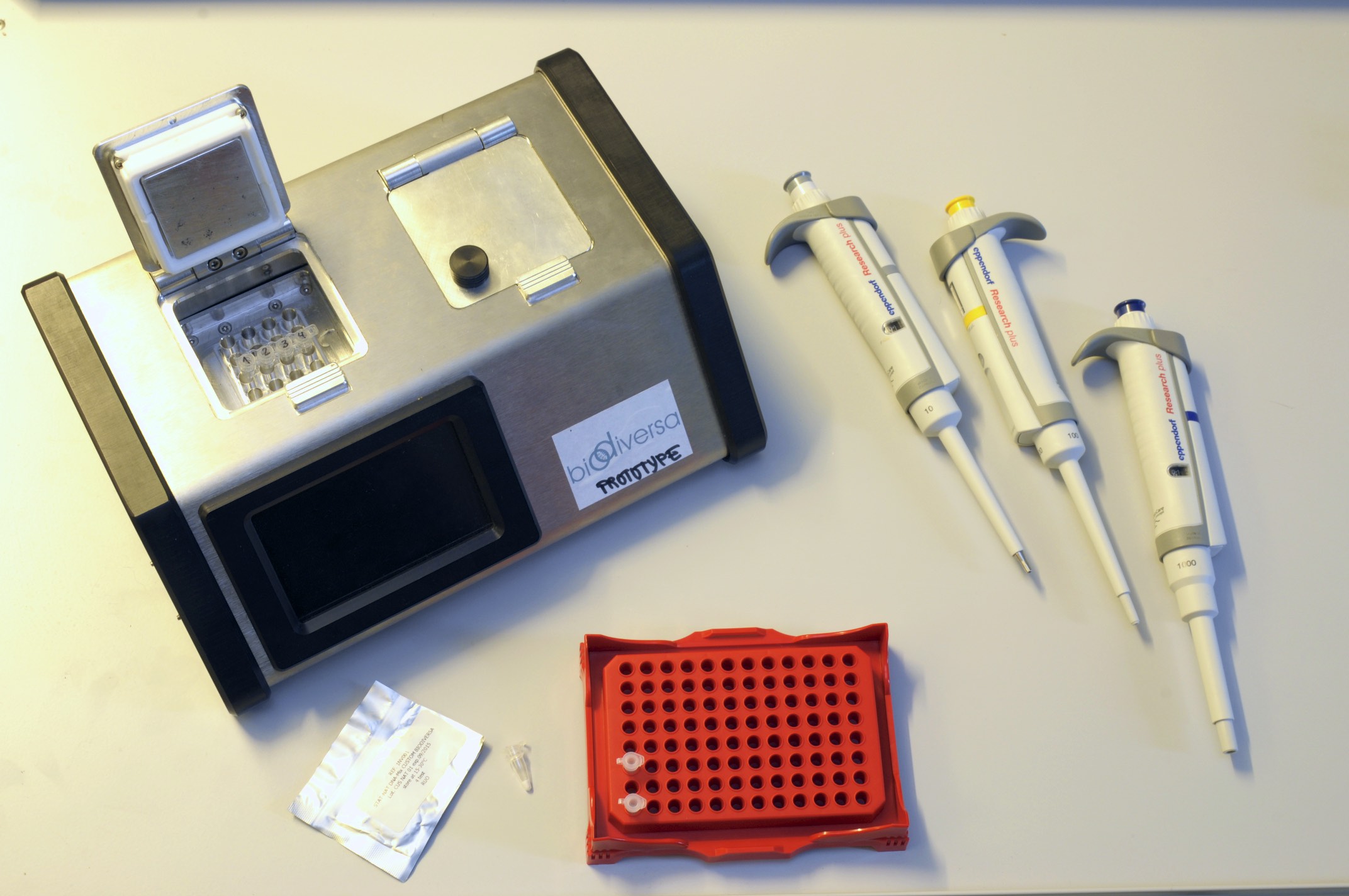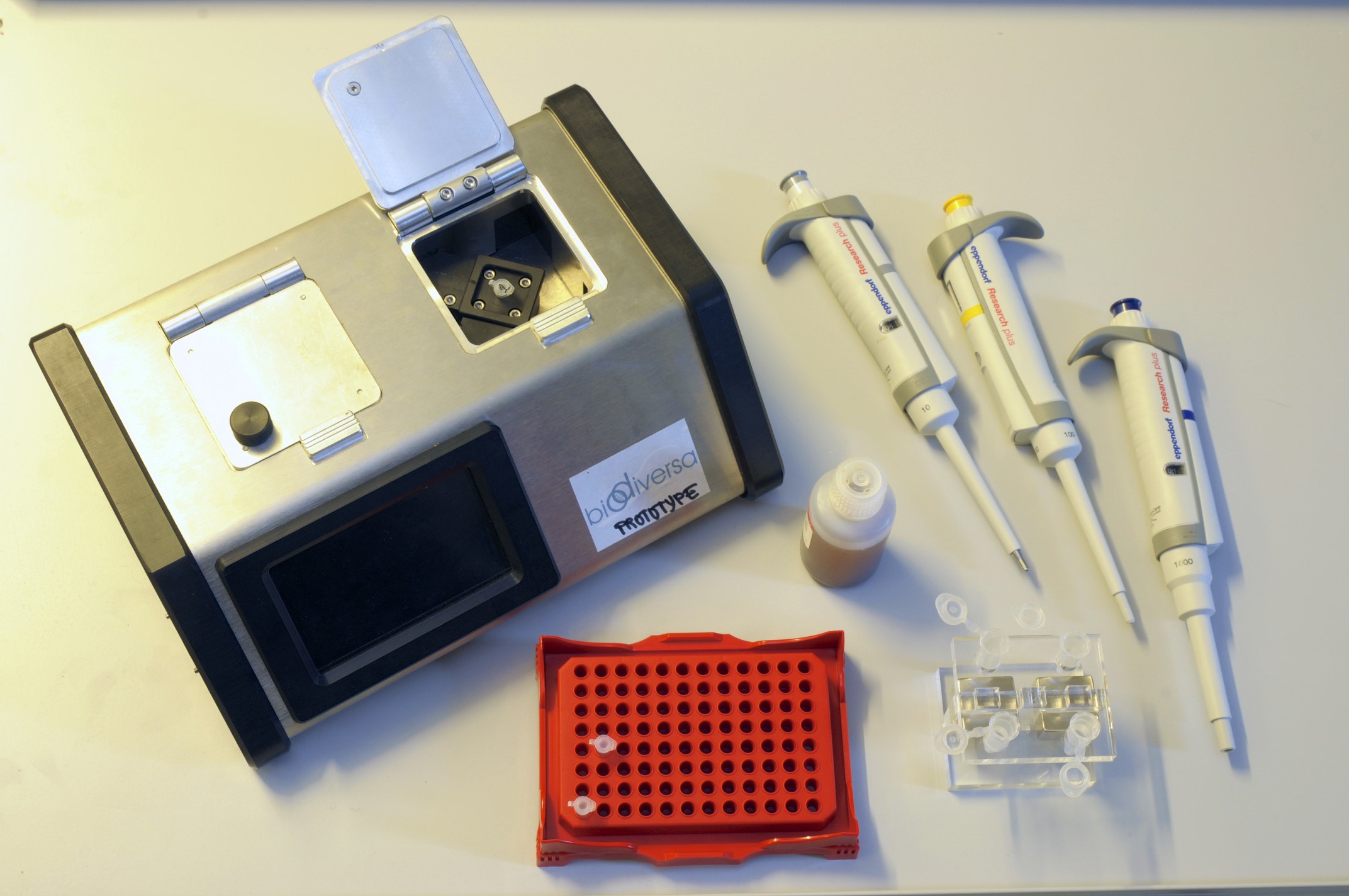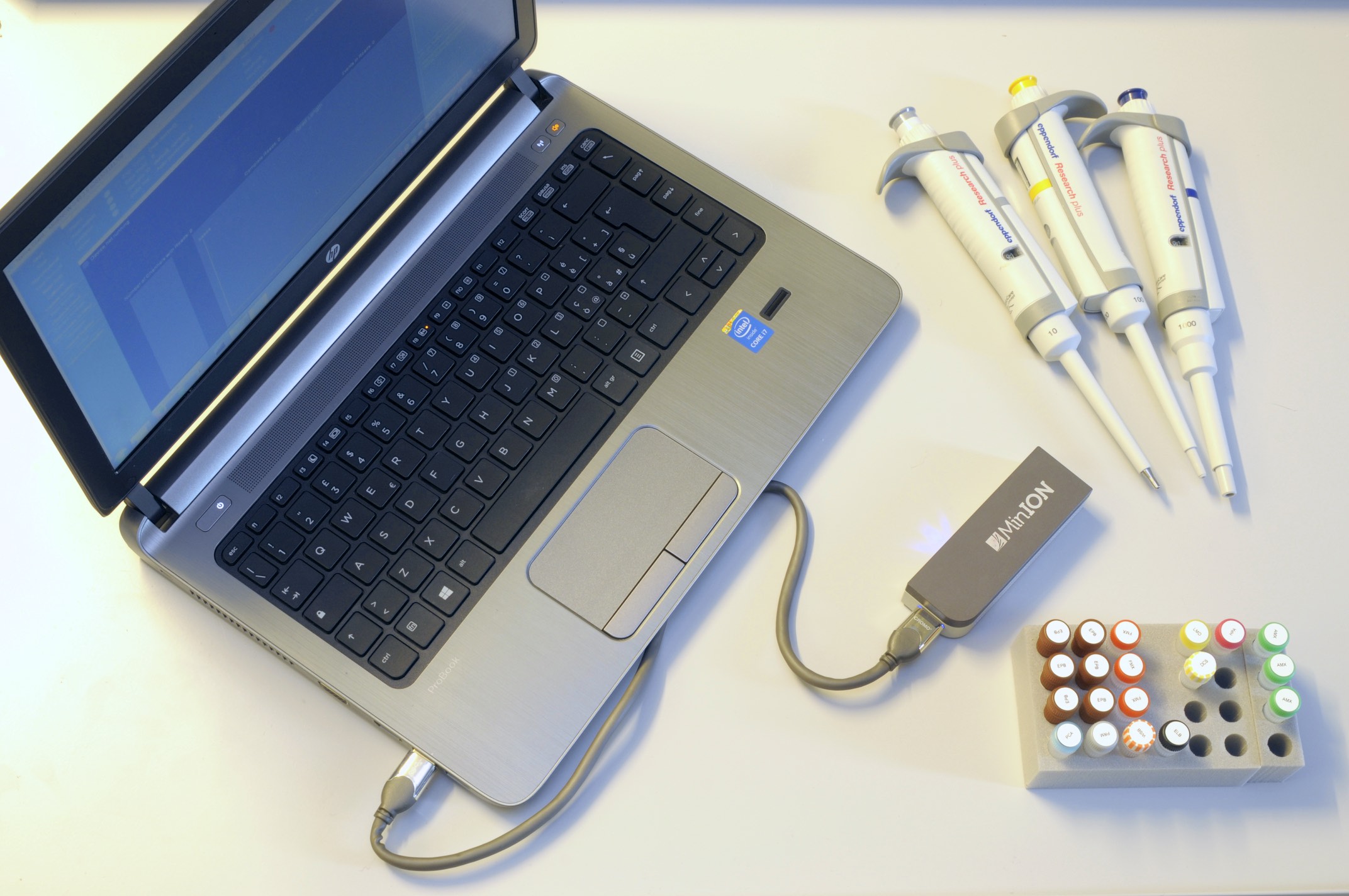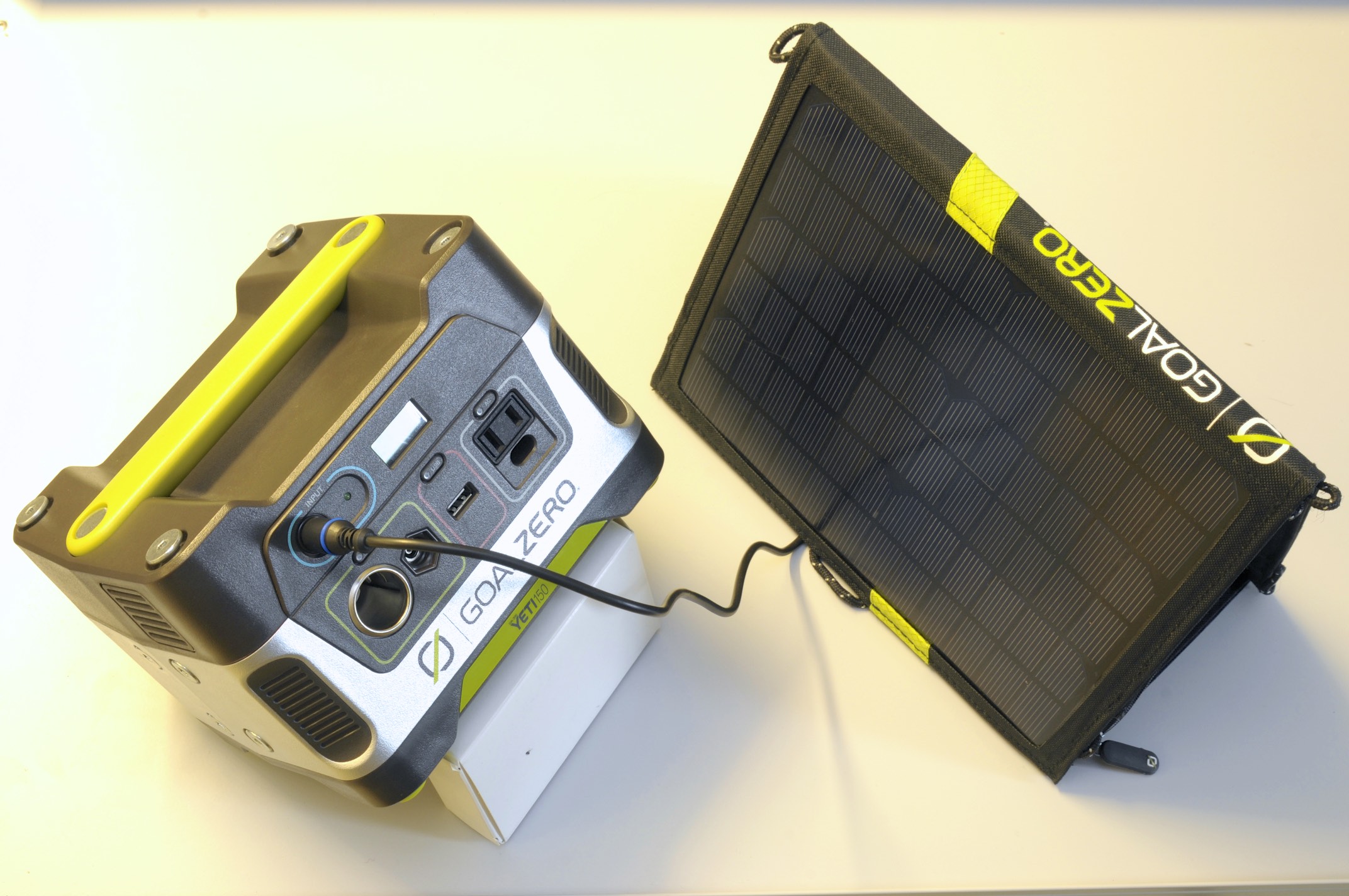Institute for art, science and technology – is a pioneer in the field of digital media. It explores emerging technologies, and provides art and culture a central role in the designing of new applications for novel advances in science and technology. The organisation concerns itself not only with technologies related to the Internet, but also with those related to biotechnology and the cognitive sciences.
